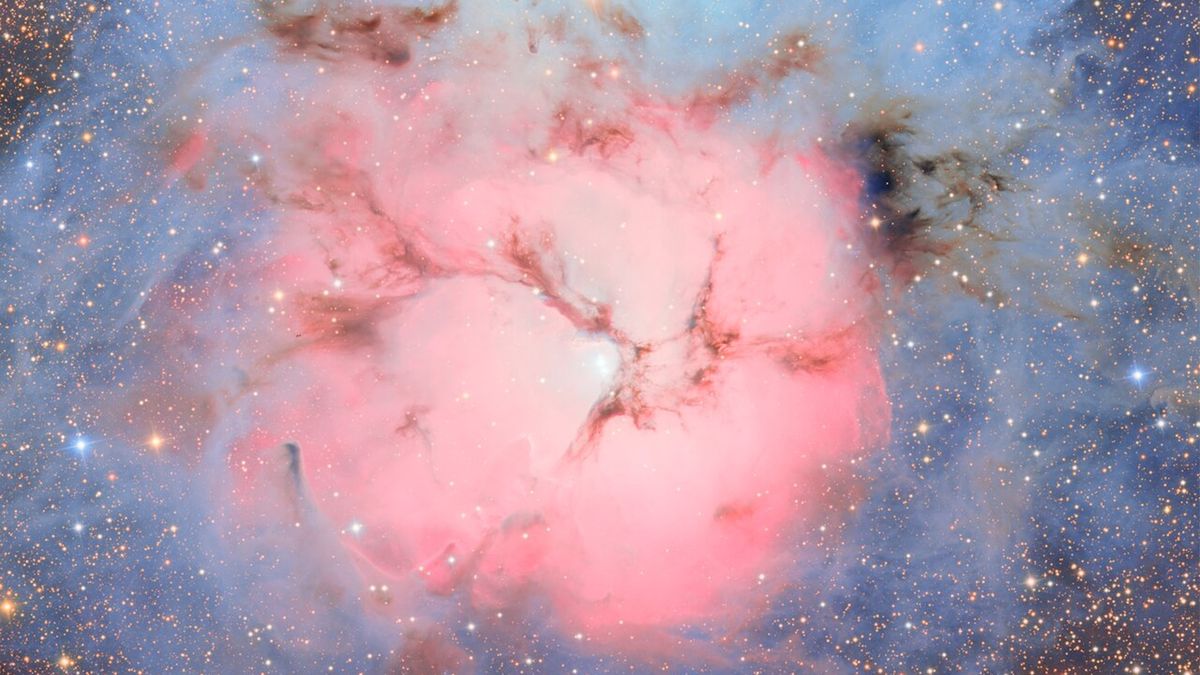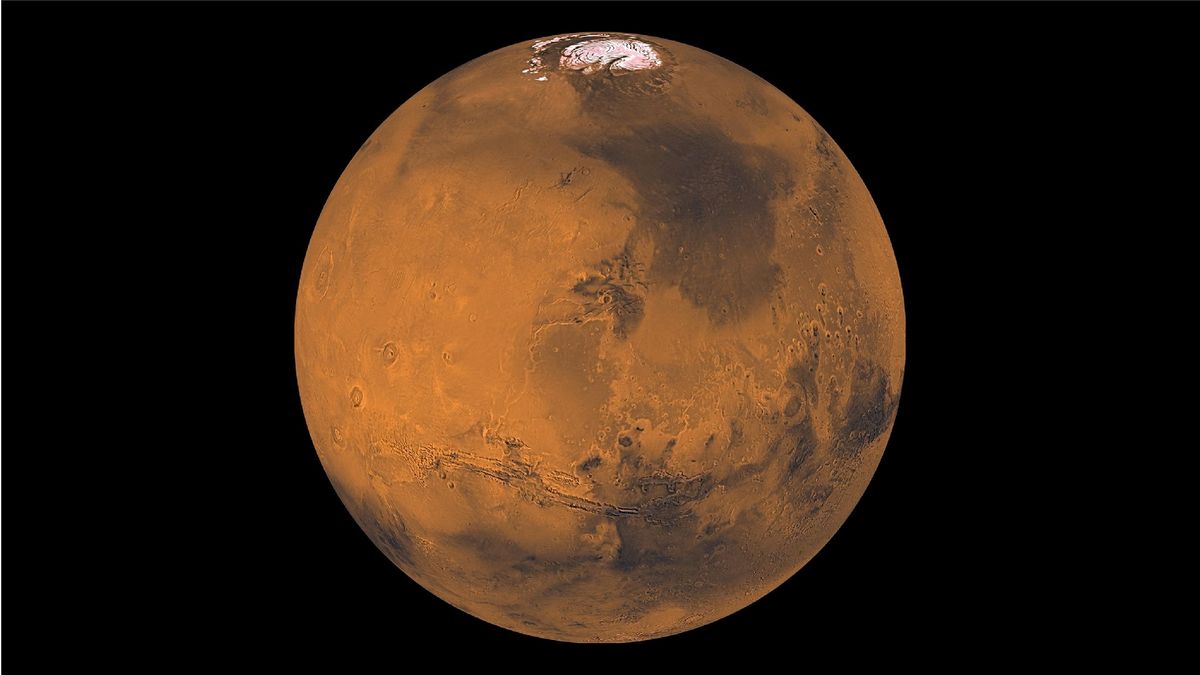Now Reading: Vera Rubin Observatory Unveils Stunning ‘Cotton Candy’ Nebula Image
-
01
Vera Rubin Observatory Unveils Stunning ‘Cotton Candy’ Nebula Image
Vera Rubin Observatory Unveils Stunning ‘Cotton Candy’ Nebula Image

Swift Summary
- Astronomical Object: The Trifid Nebula (Messier 20), located 5,000 light-years away in the constellation Sagittarius.
- Observation Details: Featured as part of debut images captured by the Vera C. Rubin Observatory in Chile using the world’s largest digital camera (3,200 megapixel LSST Camera). the image took 664 exposures over four nights in May 2025.
- Composition: Includes emission nebula (pink), reflection nebula (blue), and dark nebulas with dust lanes forming three distinct sections – hence its name “Trifid.”
- dynamic Activity: Inside the nebula, new stars are being formed with intense radiation sculpting gas into intricate shapes.
- Ongoing Survey Goals: the observatory will capture regular images of the Southern Hemisphere’s night sky for a decade,likely identifying millions of asteroids,supernovas,near-Earth objects,and other cosmic phenomena at an unprecedented scale.
Indian Opinion Analysis
India’s space program has demonstrated its ambition by pursuing innovative science missions such as those undertaken by ISRO and its globally reputed research satellites like ASTROSAT. While India currently does not operate facilities comparable to Vera C. Rubin Observatory’s ultra-high resolution imaging systems or large-scale survey telescopes, this feat highlights opportunities India could explore to advance collaborative global space research efforts that focus on data sharing and astronomical discoveries.
rubin’s decade-long time-lapse survey underscores how long-term projects can exponentially enhance scientific outcomes-valuable insight for planning India’s future missions targeting deep-space exploration or high-resolution studies of cosmic bodies through next-generation equipment advancement.
Read more: Click here
























